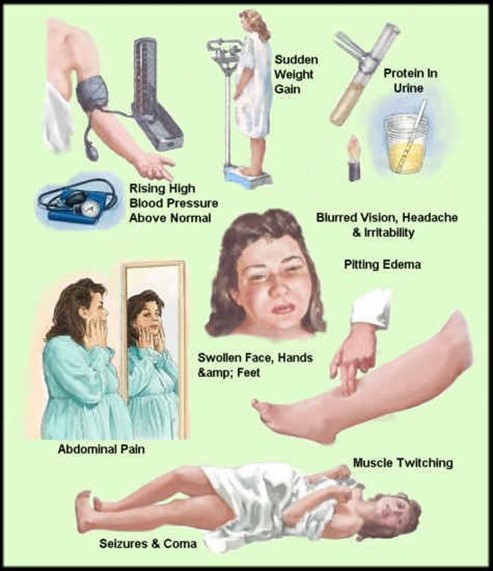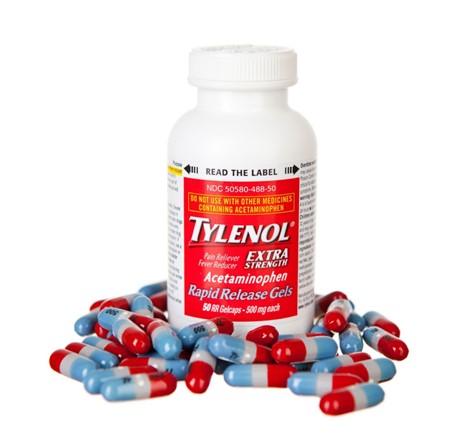A nurse is instructing a school-age child who has asthma about the use of a peak expiratory flow meter.
Which of the following instructions should the nurse include in the teaching?
Maintain a semi-Fowler’s position during testing
Place tongue on the mouthpiece of the meter
Blow into the meter as hard and quickly as possible
Record the average of the readings
The Correct Answer is C
The correct answer is choice C. Blow into the meter as hard and quickly as possible.
This is because a peak flow meter measures how fast you can push air out of your lungs when you blow out as hard and as fast as you can.
This is called peak expiratory flow rate (PEFR) or peak expiratory flow (PEF). It shows how open the airways are in the lungs and can help detect early signs of worsening asthma.
Choice A is wrong because maintaining a semi-Fowler’s position during testing is not necessary. You can sit or stand up straight, but make sure you do it the same way each time.
Choice B is wrong because placing tongue on the mouthpiece of the meter can block the air flow and affect the accuracy of the measurement. You should close your lips tightly on the mouthpiece instead.
Choice D is wrong because recording the average of the readings is not recommended.
You should record the highest of the three readings on a sheet of paper, calendar or in your asthma diary. This is your daily peak flow.
Normal ranges for peak flow vary depending on age, height, gender and race. You can use a chart or calculator to find out your predicted normal peak flow based on these factors. However, it is more important to find out your personal best peak flow by performing peak flow testing twice a day for two weeks when your asthma is under good control. Your personal best peak flow will be used to create your asthma action plan with your healthcare provider.
Nursing Test Bank
Naxlex Comprehensive Predictor Exams
Related Questions
Correct Answer is C
Explanation
This is a sign of preeclampsia, a serious complication of pregnancy that can cause high blood pressure, proteinuria, and seizures.

Preeclampsia can affect the placenta, the kidneys, the liver, and the brain of the mother and the fetus. It requires immediate medical attention and may lead to early delivery.
Choice A, bleeding gums, is wrong because it is a common occurrence during pregnancy due to hormonal changes that increase blood flow to the gums. It is not a cause for concern unless it is excessive or accompanied by other symptoms.
Choice B, urinary frequency, is wrong because it is also a normal finding during pregnancy due to the growing uterus putting pressure on the bladder. It is not a sign of infection or kidney problems unless it is associated with pain, burning, or blood in the urine.
Choice D, faintness upon rising, is wrong because it is usually caused by orthostatic hypotension, a drop in blood pressure when changing positions.
This can happen during pregnancy due to the dilation of blood vessels and the increased blood volume. It can be prevented by rising slowly, drinking enough fluids, and avoiding prolonged standing.
Correct Answer is C
Explanation

Enoxaparin is a blood thinner that helps prevent the formation of blood clots in people who have certain medical conditions or who are undergoing certain procedures. Enoxaparin can increase the risk of bleeding, especially if taken with other medications that affect blood clotting, such as nonsteroidal anti-inflammatory drugs (NSAIDs) or aspirin.
Therefore, the nurse should instruct the client to avoid taking pain relievers such as naproxen sodium (choice A), ibuprofen (choice B), or aspirin (choice D) while on enoxaparin. These pain relievers can make the client more likely to bleed when on enoxaparin. Acetaminophen (choice C) is a pain reliever that does not affect blood clotting and can be taken safely with enoxaparin. However, the client should follow the directions on the box to make sure they do not take more than the recommended amount of acetaminophen, as it can cause liver damage in high doses.
Whether you are a student looking to ace your exams or a practicing nurse seeking to enhance your expertise , our nursing education contents will empower you with the confidence and competence to make a difference in the lives of patients and become a respected leader in the healthcare field.
Visit Naxlex, invest in your future and unlock endless possibilities with our unparalleled nursing education contents today
Report Wrong Answer on the Current Question
Do you disagree with the answer? If yes, what is your expected answer? Explain.
Kindly be descriptive with the issue you are facing.
